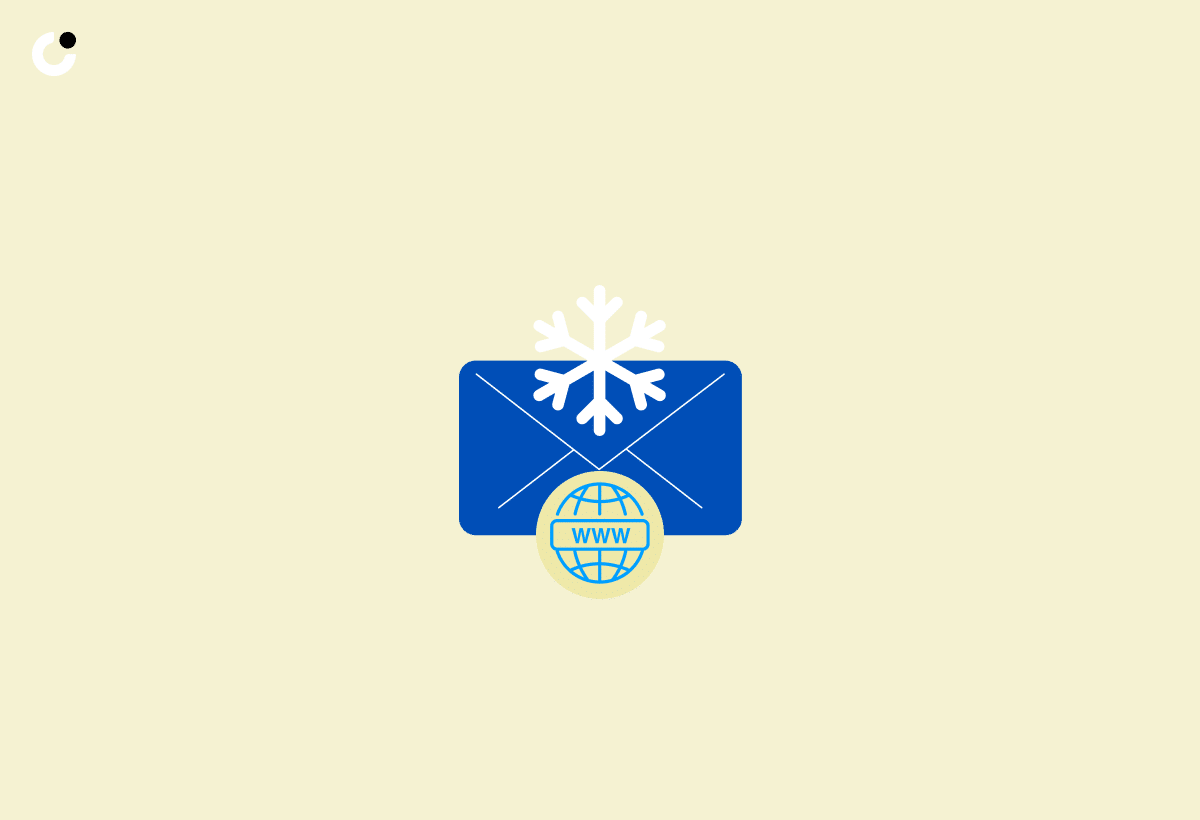Cold emailing remains a crucial marketing strategy in today’s digital landscape. However, achieving success in your cold email campaigns requires more than just crafting compelling content. Unlocking the secrets of cold email domain variations can significantly boost your email deliverability and protect your main domain’s reputation, ensuring that your message reaches your target audience. In this blog post, we will explore the ins and outs of cold email domain variations and provide practical tips to help you maximize your email deliverability and campaign success.
From understanding the importance of separate domains to setting up and authenticating your cold email domains, this comprehensive guide will cover everything you need to know to leverage domain variations for optimal email deliverability. By learning the strategies for creating effective domain variations and monitoring your campaign performance, you’ll be well on your way to mastering the art of cold emailing and achieving your desired results.
Key Takeaways
- Understand the importance of separate domains for cold emails to ensure deliverability and protect domain reputation.
- Create effective variations by researching your target audience, using subdomains & TLDs, combining prefixes/suffixes with primary domain name, and utilizing country-specific TLDs.
- Monitor key metrics regularly to optimize campaigns for maximum success while adjusting sending volume & usage to maintain a healthy domain reputation.
Understanding Cold Email Domains
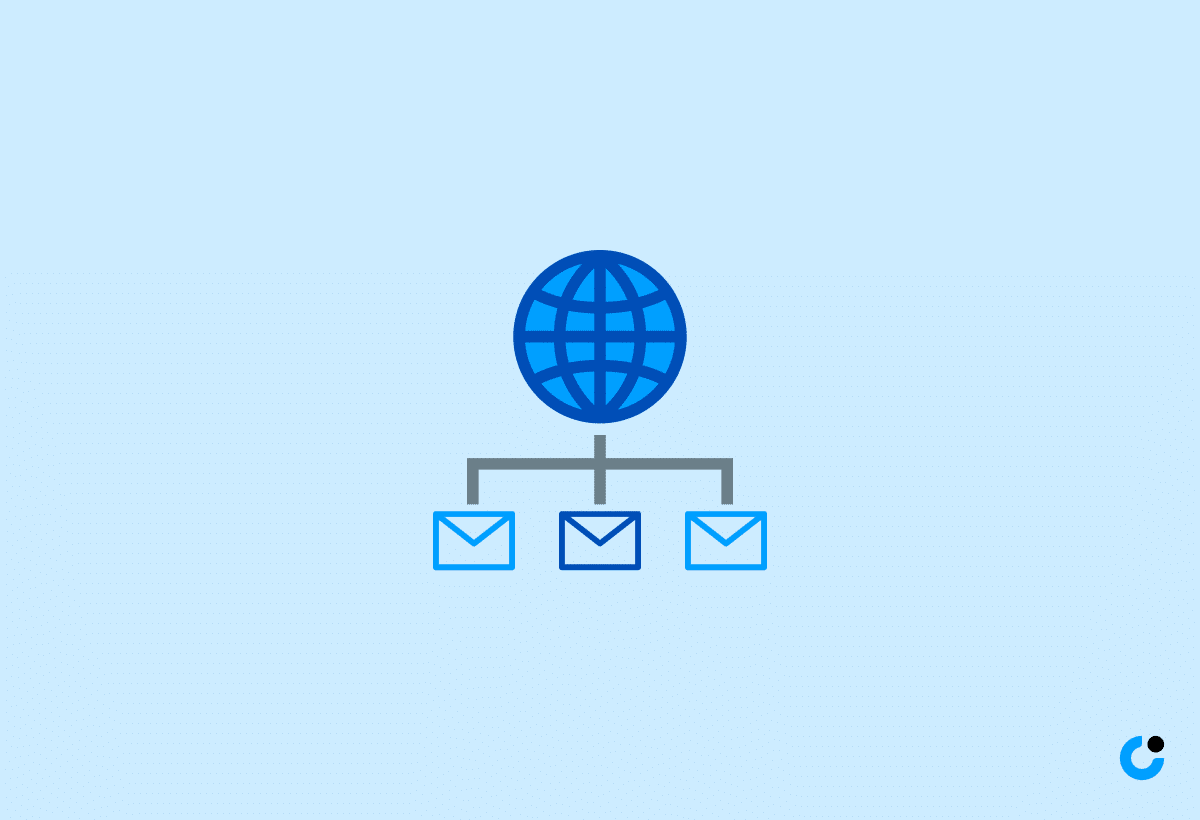
Cold email domain variations are distinct domains specifically used for sending cold emails. These separate domains help protect your main domain’s reputation by ensuring that any issues with cold email deliverability don’t affect your primary domain. Organizations employ different domain variations, including separate domains, as a tactic to evade spam filters, reduce the risk of being blacklisted, and reach a larger user base.
Choosing a reliable email service provider is a key step in maintaining high email deliverability. Popular choices such as Google Workspace and Microsoft Office Outlook serve as the foundation for your cold email campaigns. Venturing into the world of cold emailing requires understanding the role of separate domains and the impact of domain reputation on email deliverability.
The Importance of Separate Domains
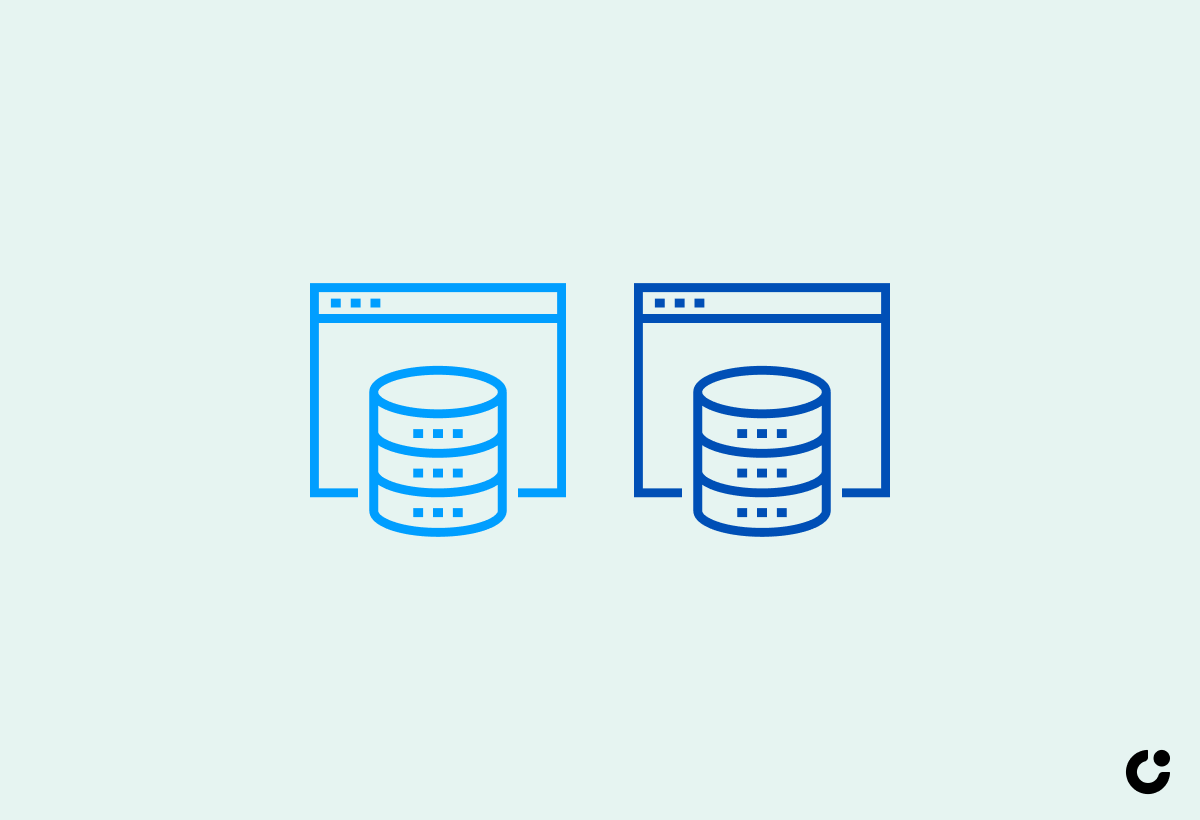
Utilizing distinct domains, such as a separate domain, for cold emails offers several benefits:
- Facilitates the prevention of deliverability issues
- Safeguards the main domain’s reputation
- Enhances deliverability by augmenting deliverability
- Mitigates the risk of spam contamination.
The selection of relevant and suitable domain names plays a significant role in maintaining a positive brand image. Employing domain names that are inappropriate or offensive can detrimentally affect the company’s brand reputation. By carefully choosing and using separate domains, you can ensure that your cold email campaigns are both effective and aligned with your brand values.
How Domain Reputation Affects Deliverability
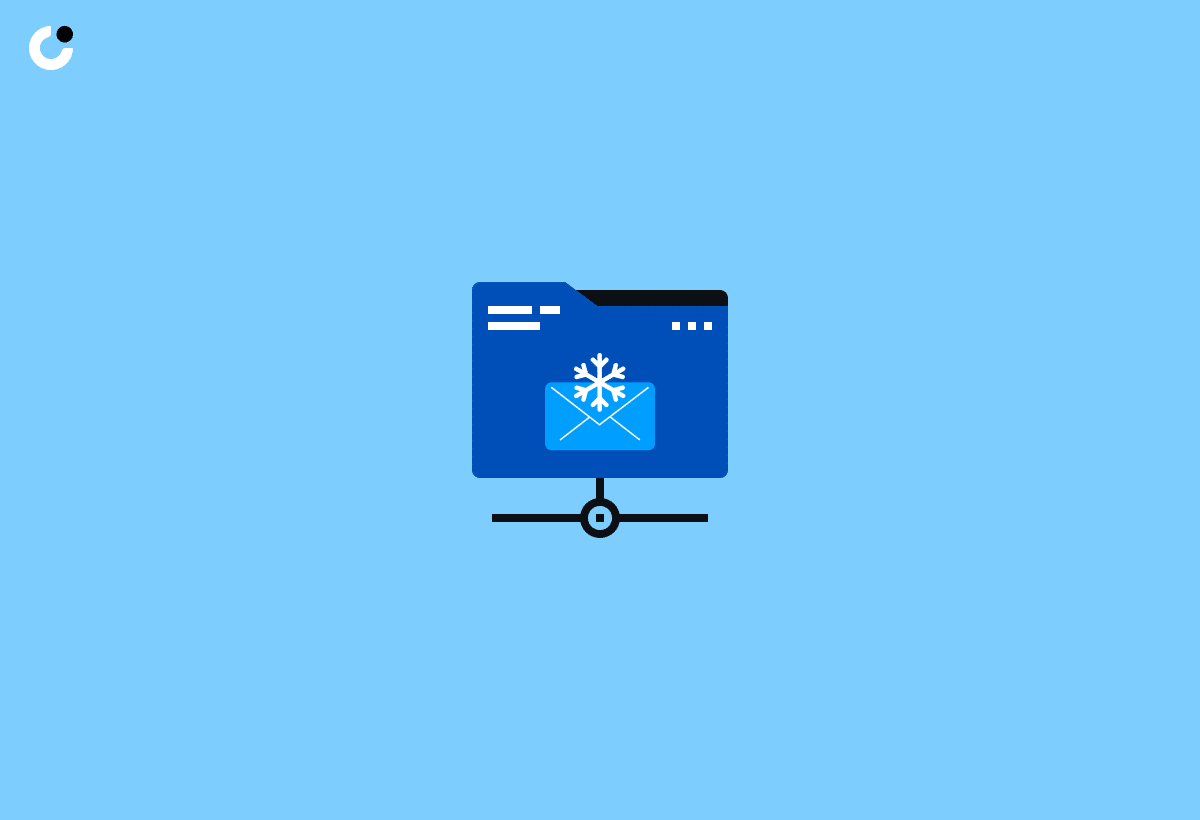
Domain reputation is of paramount importance in email deliverability; utilizing cold email domains assists in sustaining a favorable reputation. A positive domain reputation increases the likelihood of your cold emails reaching the recipient’s inbox, while a negative reputation can result in emails being marked as spam or blocked by email providers.
Various components that have an impact on a domain’s reputation in email deliverability include:
- Infrastructure
- Email volume
- Content
- Bounces and spam traps
- Spam complaints
- IP address reputation
- Sender reputation
- Email subject line
- Sending history
Understanding the factors influencing domain reputation and utilizing cold email domains can help maintain a good reputation and ensure the reach of your cold email campaigns.
Strategies for Creating Effective Cold Email Domain Variations

Creating effective cold email domain variations involves strategies such as:
- Using subdomains
- Using different top-level domains (TLDs)
- Adding prefixes or suffixes to the domain
- Using country-specific TLDs
Researching your target audience is essential in order to create domain variations that are more likely to elicit a response from the campaign.
Implementing these strategies can help tailor your domain variations to your target market, increasing the chances of reaching potential customers. To generate domain variations, consider creating multiple domain variations that allow you to scale your outreach and maintain a healthy domain reputation.
A good starting point is creating three domain variations, but the scope of your campaigns may necessitate additional variations. By establishing multiple domain variations, you can effectively balance your sending volume and maintain a positive sender reputation.
Using Subdomains and TLDs
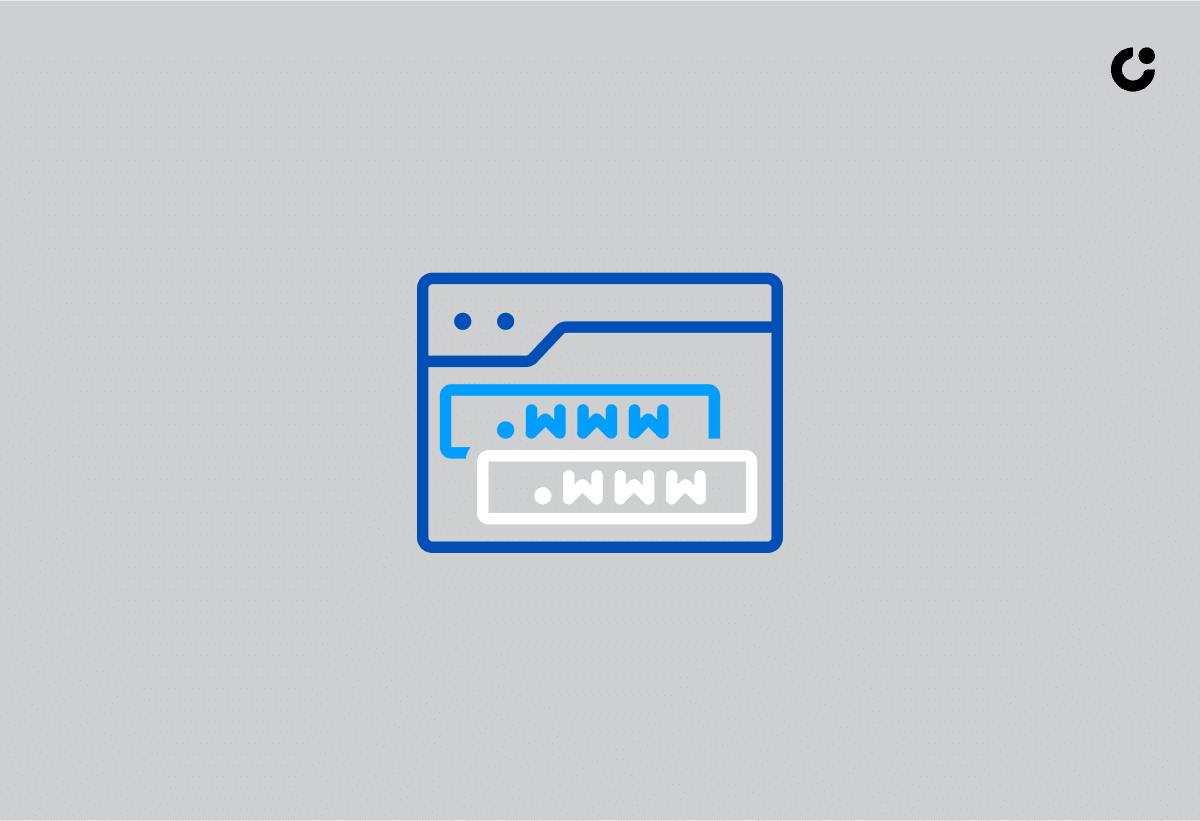
Subdomains and TLDs can aid in forming distinct domain variations while upholding brand identity. By appending words such as “info”, “contact”, or “support” to the main domain, you can generate analogous subdomains and create unique domain variations. Common TLDs used in cold email domain variations include:
- .com
- .net
- .org
- .io
Utilizing subdomains and TLDs allows you to create multiple domain variations that cater to different target audiences while maintaining a consistent brand image. By tailoring your domain variations to suit the preferences and expectations of your target market, you can increase the likelihood of your cold emails reaching their intended recipients and boosting your campaign’s success.
Combining Prefixes and Suffixes

Incorporating prefixes and suffixes with the primary domain name can generate additional domain options for cold emailing. Implementing minor modifications to the primary domain name can create unique domain variations that protect the reputation of the primary company domain associated with cold emailing campaigns.
By combining prefixes and suffixes with your main domain, you can create a diverse range of domain variations that cater to different target audiences and improve your cold email campaign’s success. This approach allows you to protect your main domain’s reputation while maximizing the reach and effectiveness of your cold email campaigns.
Country-Specific TLDs and Generic Extensions
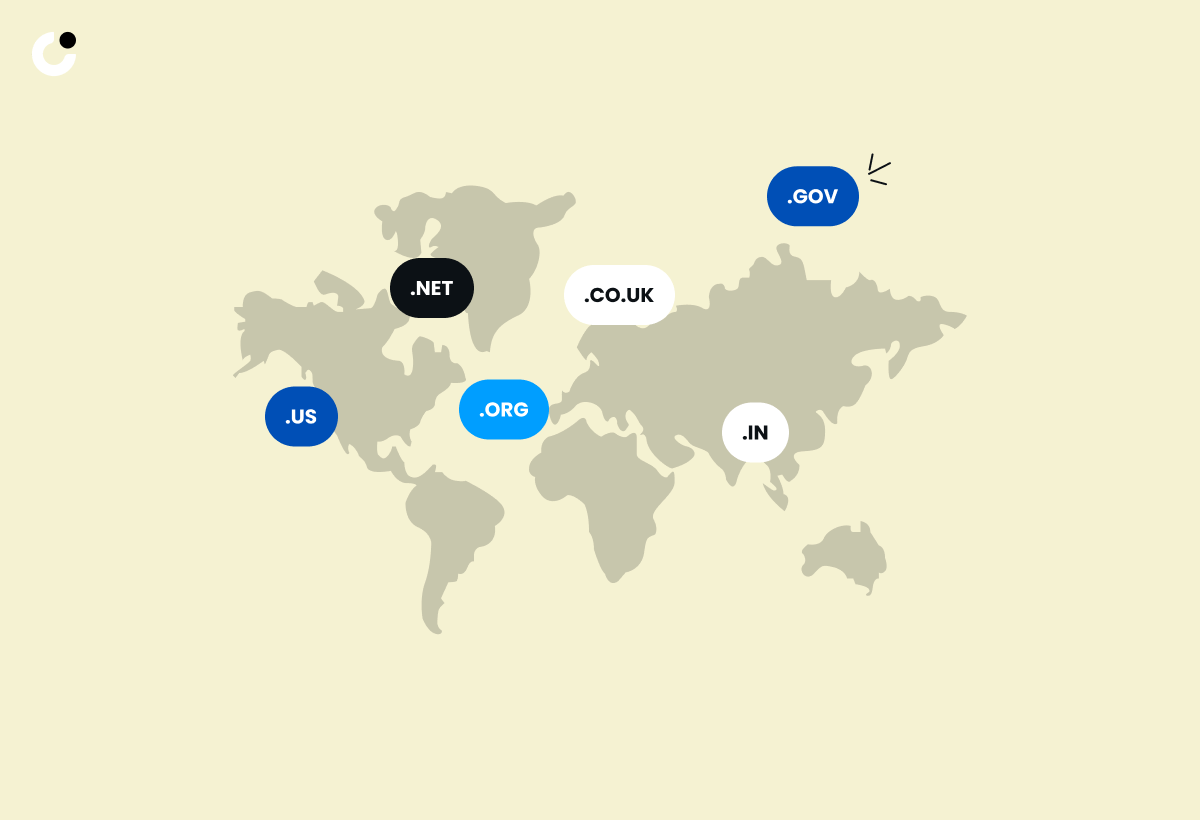
Utilizing country-specific TLDs and generic extensions can provide the opportunity to create additional domain variations and target specific markets. Some popular country-specific TLDs utilized in cold email marketing include:
- ‘.au’ for Australia
- ‘.uk’ for the United Kingdom
- ‘.us’ for the United States
- ‘.ca’ for Canada
- ‘.fr’ for France
By incorporating country-specific TLDs and generic extensions into your domain variations, you can create unique and targeted domain variations that cater to specific markets. This approach allows you to:
- Expand your reach
- Improve the effectiveness of your cold email campaigns
- Ensure that your message resonates with your target audience
- Achieve the desired results
Choosing the Right Email Service Provider for Your Cold Email Domains
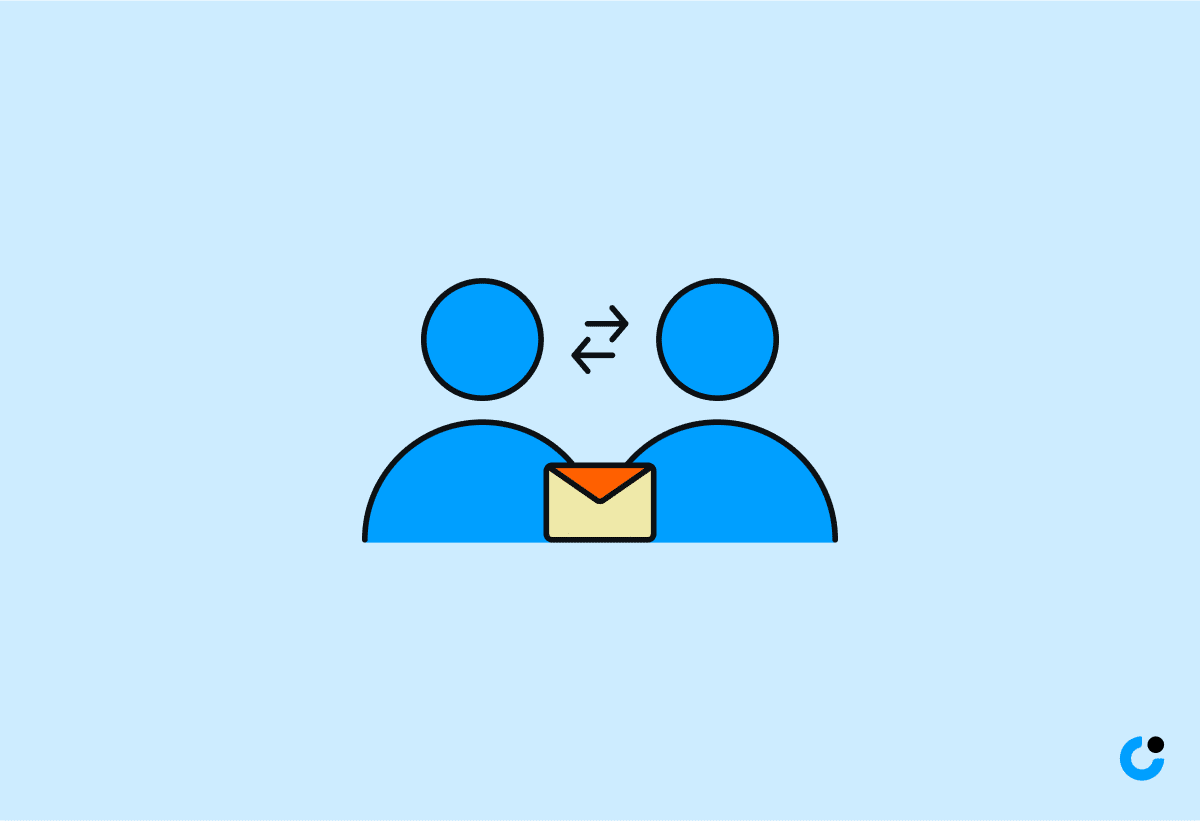
Achieving success with cold email domains hinges on selecting an appropriate and reliable email service provider. Popular choices such as Google Workspace and Microsoft Office Outlook serve as the foundation for your cold email campaigns. By comparing the features of popular providers and assessing their security and privacy policies, you can ensure that your cold email domains are protected and compliant.
A reliable email service provider not only ensures successful email deliverability but also offers robust security measures and a strong privacy policy that protects your data and the data of your recipients. By carefully evaluating the security and privacy policies of popular email providers, you can make an informed decision and choose the best provider for your cold email domains.
Comparing Popular Email Providers

Popular email providers like Gmail, Outlook, and Zoho Mail offer different features and deliverability rates, making it essential to choose the one that best suits your needs. When evaluating popular email providers, consider factors such as:
- User experience
- Price-to-value ratio
- Security
- Reviews
- Privacy policy
By comparing the advantages and disadvantages of each provider, you can make a well-informed decision and select the most suitable email provider for your cold email domains. This will help ensure optimal deliverability and protect your main domain’s reputation while maximizing the success of your cold email campaigns.
Evaluating Provider Security and Privacy Policies
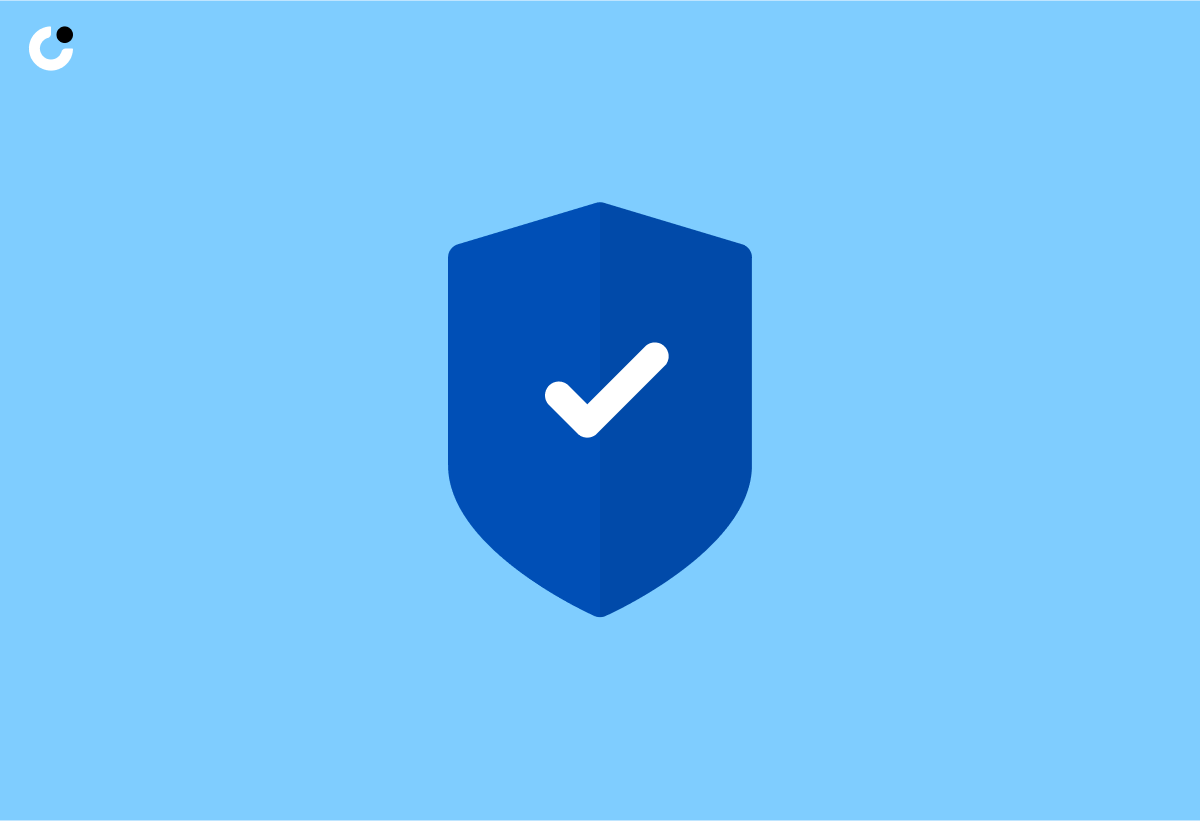
Evaluating the security and privacy policies of email providers is essential to guarantee that your cold email domains are secure and compliant. In order to evaluate the privacy policy of an email provider, you should:
- Carefully read the privacy policy
- Determine if any data is shared
- Confirm if encryption is in place
- Analyze data retention policies
- Check for compliance with regulations
- Research its reputation and reviews
Secure and privacy-conscious reliable email service providers for cold emailing include ProtonMail, Tutanota, and Hushmail. By choosing an email provider with robust security and privacy policies, you can ensure that your cold email domains are protected and that your campaigns comply with all relevant data protection regulations.
Setting Up and Authenticating Your Cold Email Domains

The success of your email campaigns largely depends on setting up and authenticating your cold email domains. This process involves purchasing and configuring new domains and implementing SPF, DKIM, and DMARC records. Establishing these protocols can help to create trust with email service providers and reduce the likelihood of cold emails being flagged as spam.
By properly setting up and authenticating your cold email domains, you can improve your email deliverability and protect your main domain’s reputation. This ensures that your cold email campaigns have the best chance of reaching their intended recipients and achieving the desired results.
Purchasing and Configuring Your New Domains

To acquire and set up new domains for cold emailing, you can purchase them from dependable providers such as namecheap.com. Once you have acquired a new domain, you can configure it for cold emailing by setting up and authenticating it. This process may involve routing the domain to your email hosting server, establishing SPF and DKIM records, and gradually increasing the volume of emails sent over time to warm up the new domain.
By carefully selecting and configuring your new domains, you can ensure that your cold email campaigns are both effective and scalable. This approach helps you maintain a healthy domain reputation and maximize the reach and success of your cold email campaigns.
Implementing SPF, DKIM, and DMARC Records
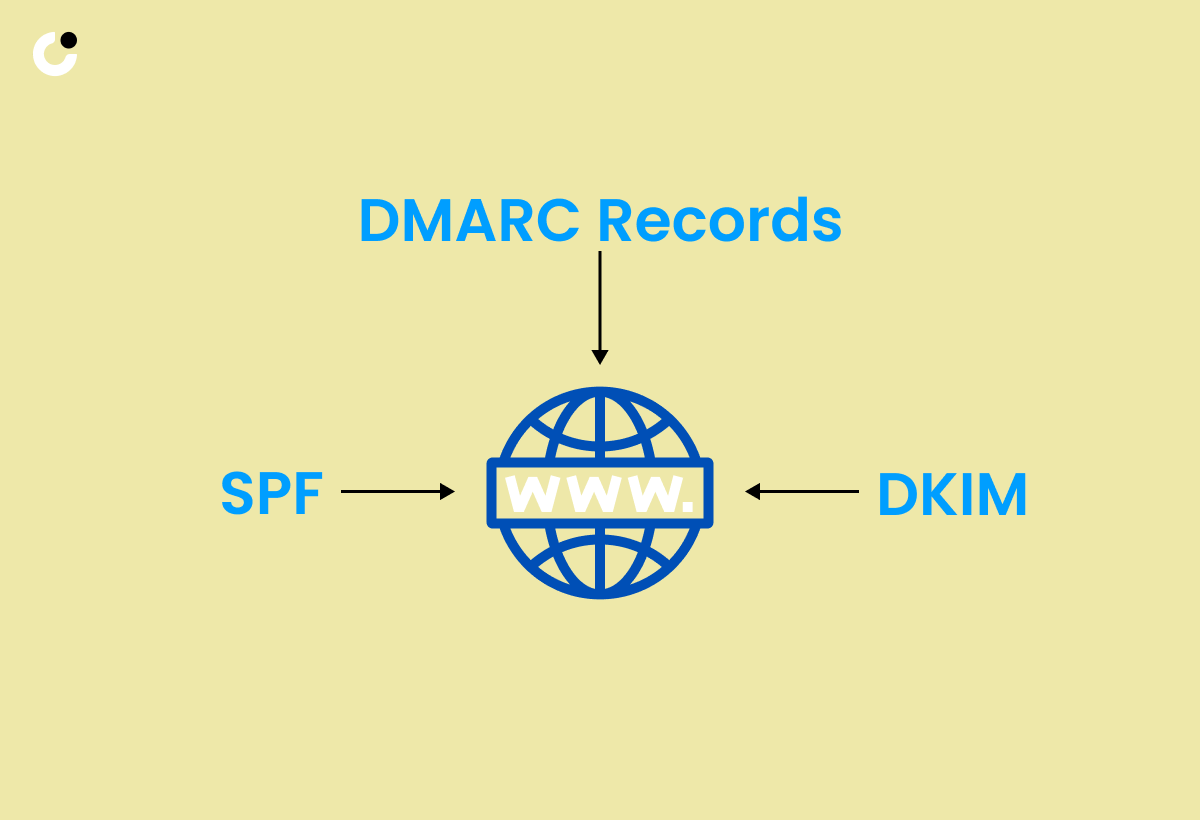
Implementing SPF, DKIM, and DMARC records for authenticating your cold email domains is vital for improving deliverability and maintaining a positive domain reputation. SPF and DKIM are email authentication protocols designed to ensure email delivery and reduce the risk of emails being flagged as spam.
By setting up SPF, DKIM, and DMARC records for your cold email domains, you can:
- Increase the likelihood of your emails reaching the recipient’s inbox
- Avoid being marked as spam or blocked by email providers
- Ensure the success of your cold email campaigns
- Protect your main domain’s reputation.
Warming Up Your Cold Email Domains
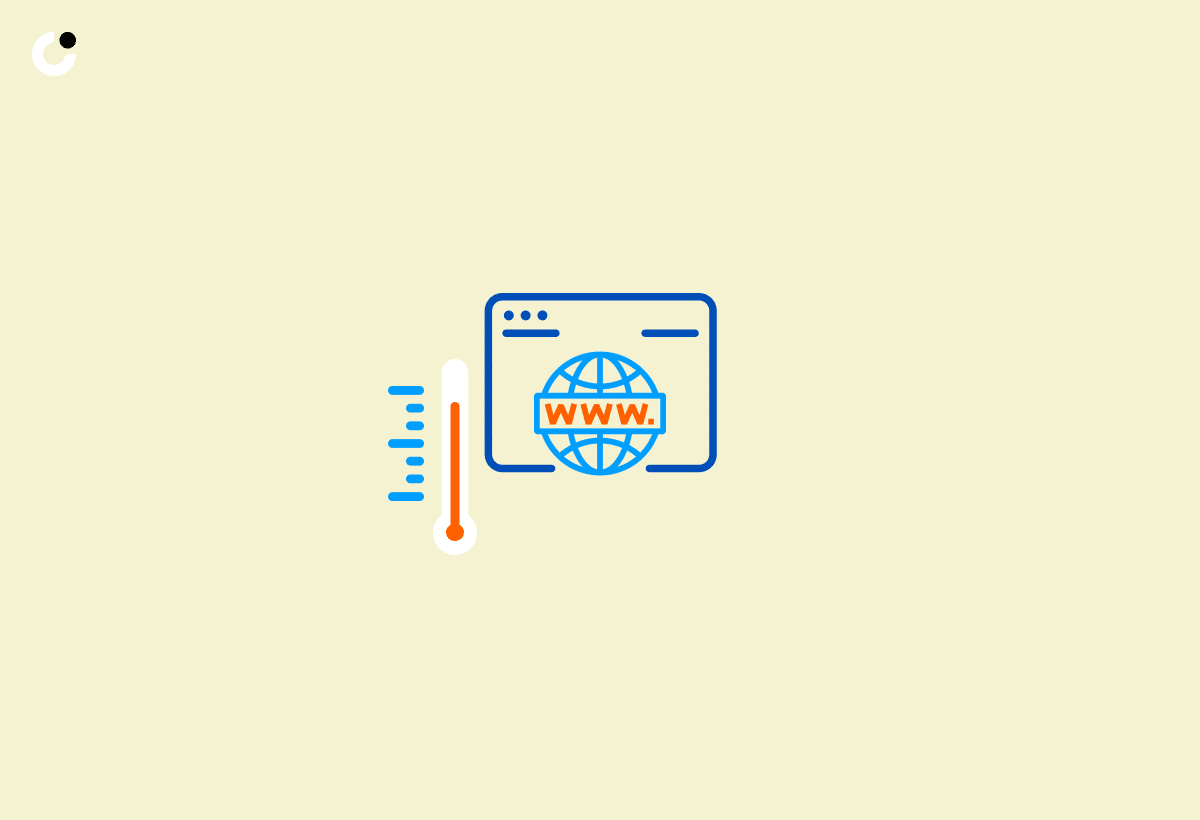
Building a positive sender reputation and improving email deliverability necessitates warming up your cold email domains. Here are some steps to follow:
- Gradually increase your sending volume over time.
- Engage in authentic email conversations with your recipients.
- Monitor your email deliverability and adjust your sending practices accordingly. By following these steps, you can develop a favorable sender reputation that helps ensure your cold emails reach their intended recipients.
Regardless of whether you opt for manual techniques or automated services to warm up your cold email domains, monitoring your domain reputation and adjusting your sending volume and frequency is imperative. This helps ensure optimal deliverability and maximizes the success of your cold email campaigns.
Manual Warm-Up Techniques

To manually warm up a cold email domain, you can start by:
- Sending individual emails to engaged contacts before initiating a cold email outreach campaign.
- Engaging in genuine email conversations and gradually increasing the sending volume.
- Establishing a positive sender reputation and improve the deliverability of your cold email domain.
Following recommended best practices for manually warming up a cold email domain can help build credibility and enhance deliverability. Here are some tips to follow:
- Send individual emails instead of bulk emails.
- Maintain conversation threads by replying to previous emails.
- Subscribe to newsletters and engage with the content. By following these practices, you can ensure that your cold email campaigns reach their intended recipients and achieve the desired results.
Automated Warm-Up Services

Automated warm-up services, such as MailToaster and Warmup Inbox, can streamline the warm-up process and improve domain reputation. These services enable users to incrementally construct and raise their email account or domain reputation through consistent and positive engagement, helping to avoid the spam folder.
The advantages of utilizing automated warm-up services as opposed to manual warm-up techniques for cold email domains include a faster warm-up process, improved deliverability, and higher engagement rates. By leveraging automated warm-up services, you can ensure that your cold email domains are well-prepared for your campaigns and achieve the best possible results.
Monitoring and Optimizing Your Cold Email Campaigns
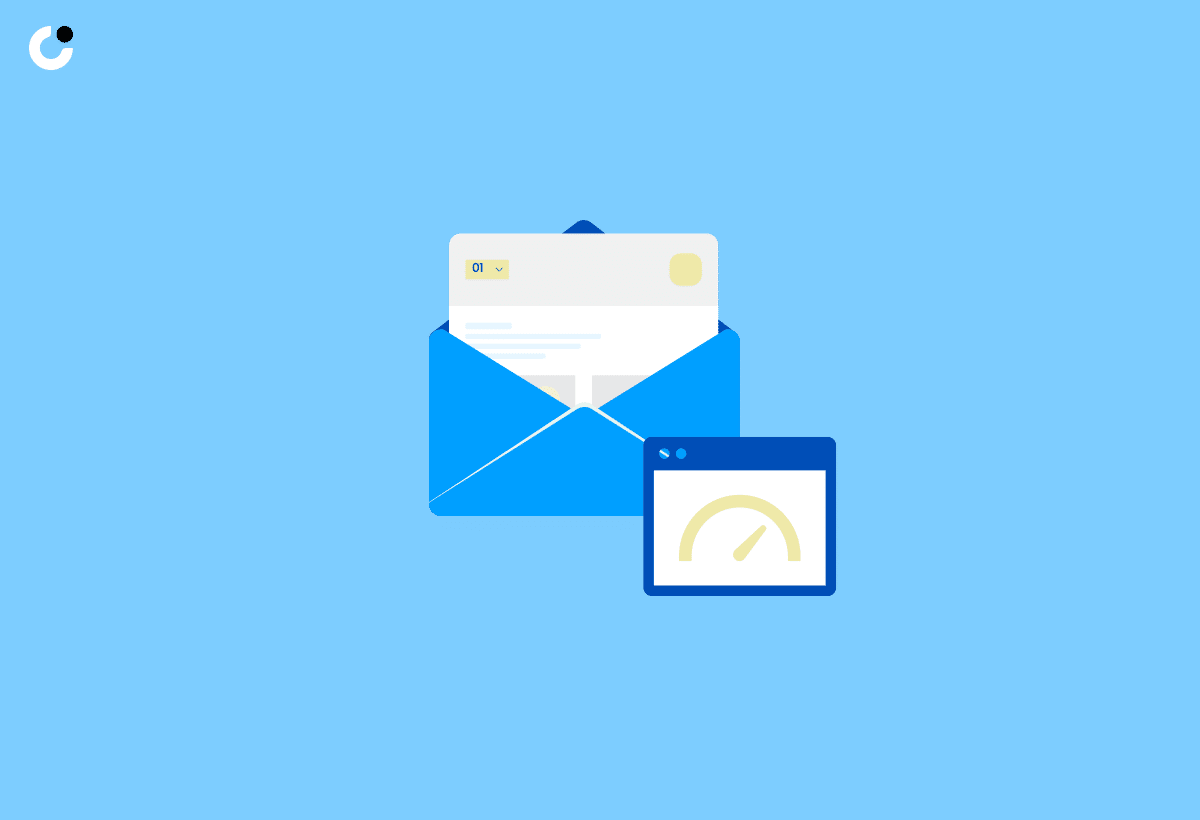
Maximizing success and identifying areas for improvement necessitates monitoring and optimizing your cold email campaigns. By tracking key metrics, such as open rate, click-through rate, and bounce rate, you can gauge the efficacy of your email outreach endeavors and modify your strategy to optimize results.
Maximizing deliverability and campaign success requires adjusting sending volume and domain usage based on campaign performance and domain reputation. By closely monitoring your domain reputation and making necessary adjustments, you can ensure that your cold email campaigns reach their intended recipients and achieve the desired results.
Key Metrics to Track

Tracking key metrics is essential for evaluating the success of your cold email campaign. Some important metrics to track include:
- Open rates
- Click-through rates
- Reply rates
- Spam complaints
These metrics provide valuable insights into the performance of your campaign and help you identify areas for improvement.
By regularly monitoring these metrics and making necessary adjustments to your campaign strategy, you can optimize your cold email campaigns for maximum success. This ensures that your messaging resonates with your target audience and achieves the desired results.
Adjusting Sending Volume and Domain Usage
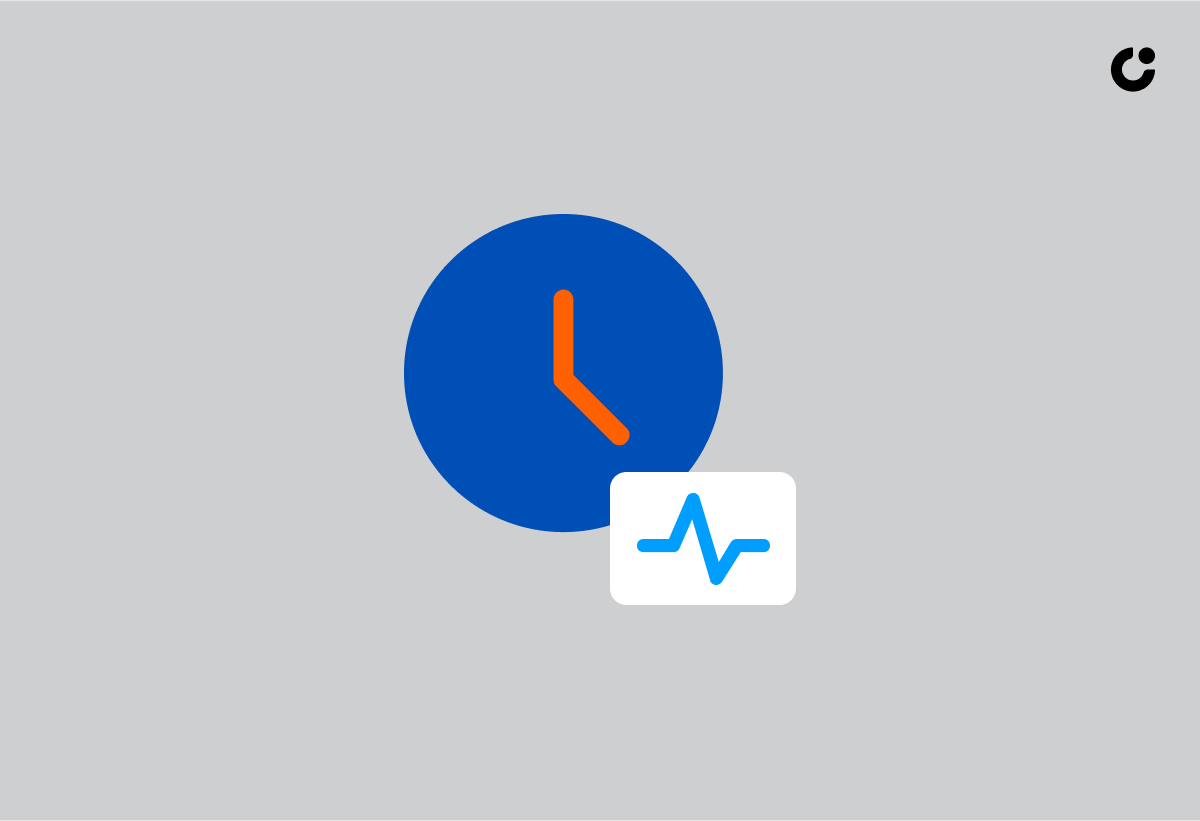
To maintain a healthy domain reputation, it’s essential to adjust your sending volume and domain usage based on campaign performance and domain reputation. This involves carefully balancing your sending volume and frequency, as well as establishing alternate domains and email addresses to rotate and distribute the sending load.
By closely monitoring your domain reputation and making necessary adjustments to your sending volume and domain usage, you can ensure optimal deliverability and maximize the success of your cold email campaigns. This approach helps protect your main domain’s reputation while maximizing the reach and effectiveness of your cold email campaigns.
Summary
In summary, using cold email domain variations is a powerful strategy for maximizing the success of your email campaigns while protecting your main domain’s reputation. By understanding the importance of separate domains, creating effective domain variations, and selecting the right email service provider, you can ensure that your cold email campaigns reach their intended recipients and achieve the desired results.
With the practical tips and guidance provided in this blog post, you are well-equipped to leverage domain variations for optimal email deliverability and take your cold email campaigns to new heights. Implement these strategies and watch your cold email campaigns soar to success.
Frequently Asked Questions
What is a cold email domain?
A cold email domain is a separate domain that is exclusively used for sending cold emails, in order to maintain a consistent brand identity. It should be similar to the sender's main company domain, but with a slight variation.
Do I need a domain for cold email?
Yes, it is recommended to use a domain for cold email to ensure maximum deliverability. For example, if your main email address is something like “[email protected]”, you should use an email like “[email protected]” for outreach purposes.
How do I set up a cold email domain?
To set up a cold email domain, buy a new domain, connect it to an email hosting server, set up redirects, and warm up the new address. Ensure any artifacts are removed and use a professional tone.
Are cold emails illegal?
Cold emails are not illegal in the US, but businesses must comply with the CAN-SPAM Act. There are still risks associated with this marketing strategy, including potential damage to reputation and an increased likelihood of recipients marking emails as spam or unsubscribing.
What is the best domain extension for cold email?
The best domain extension for cold email is ".com", as it is still the most professional and widely accepted option. Other extensions should be used only if necessary.

